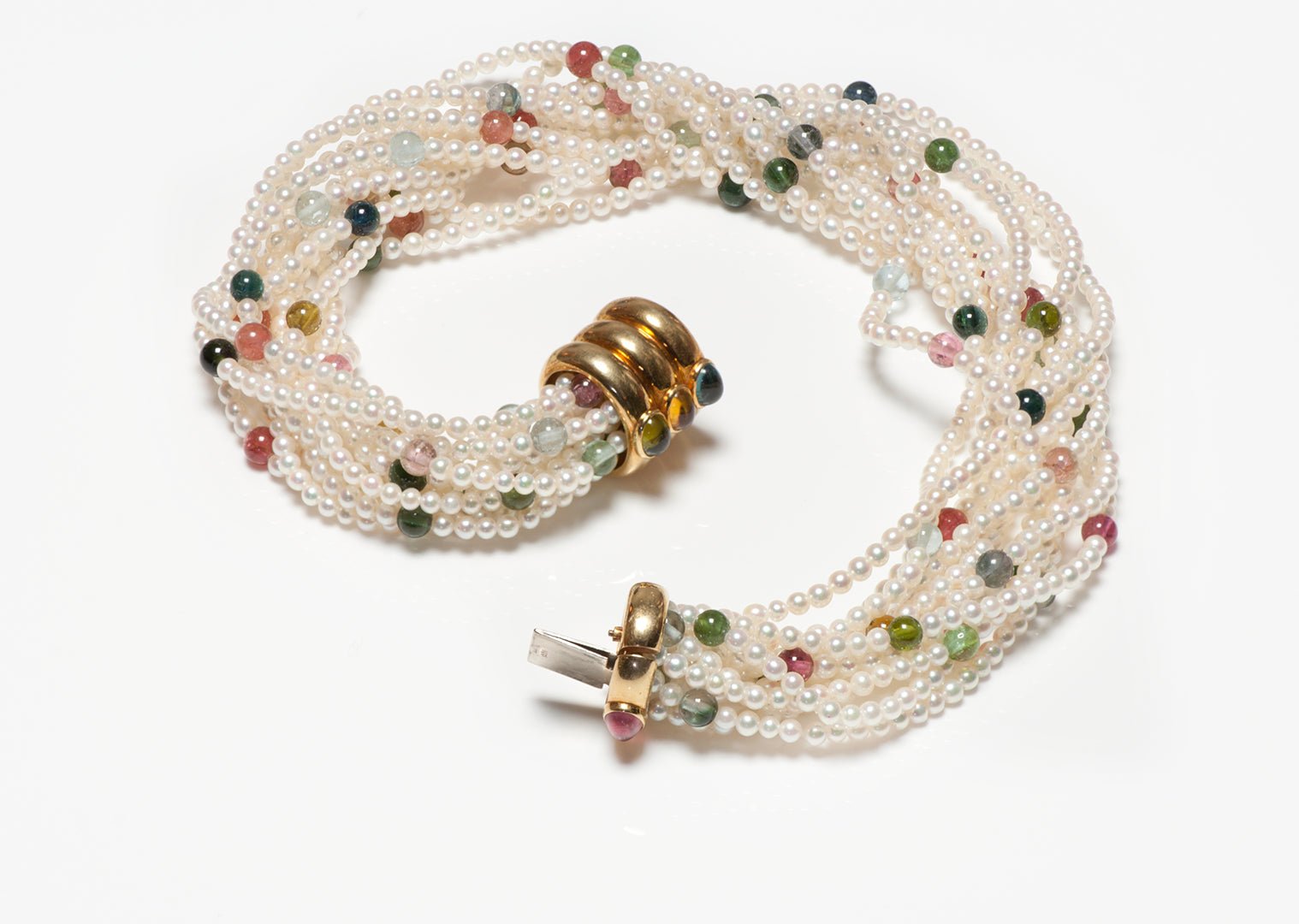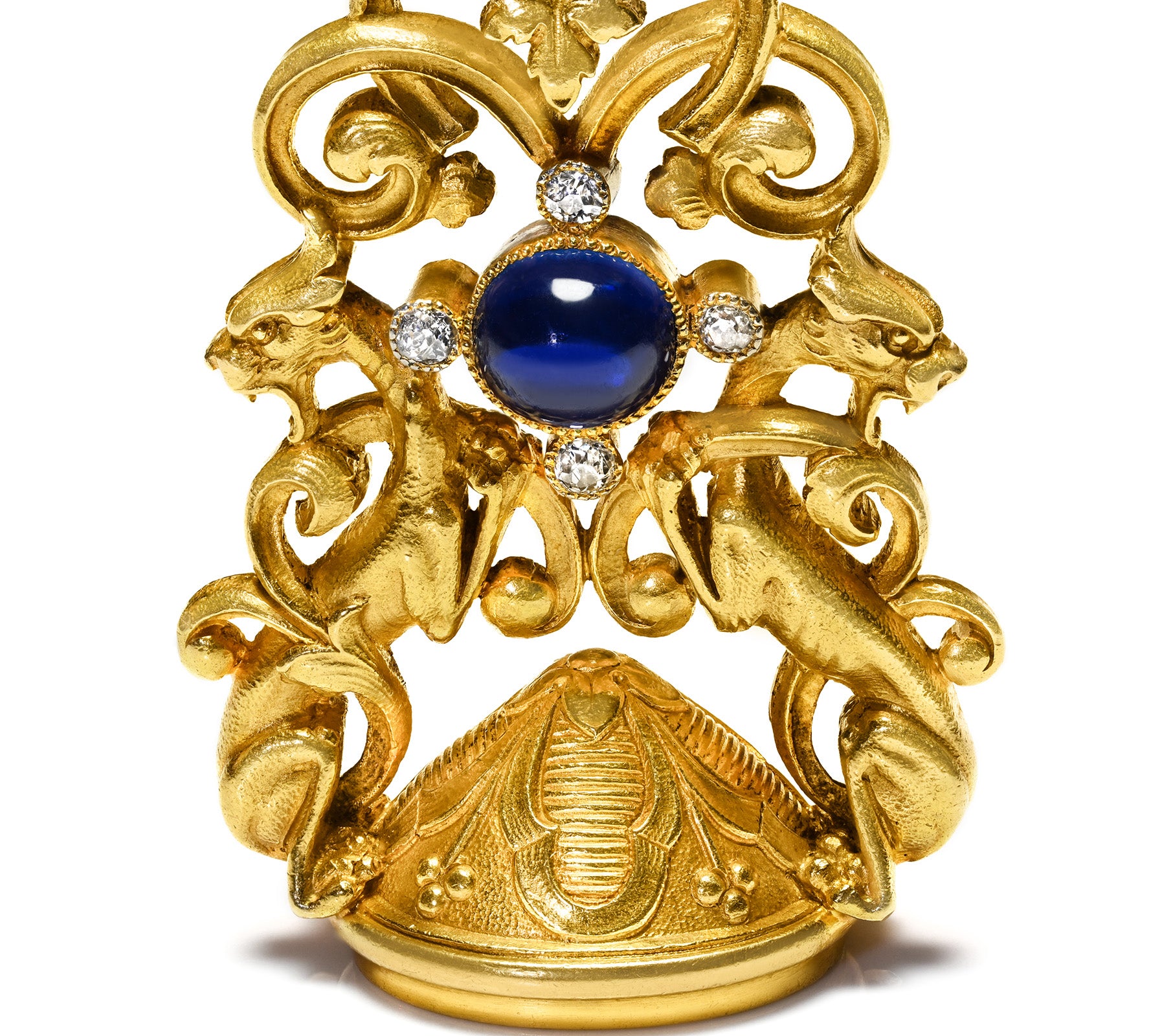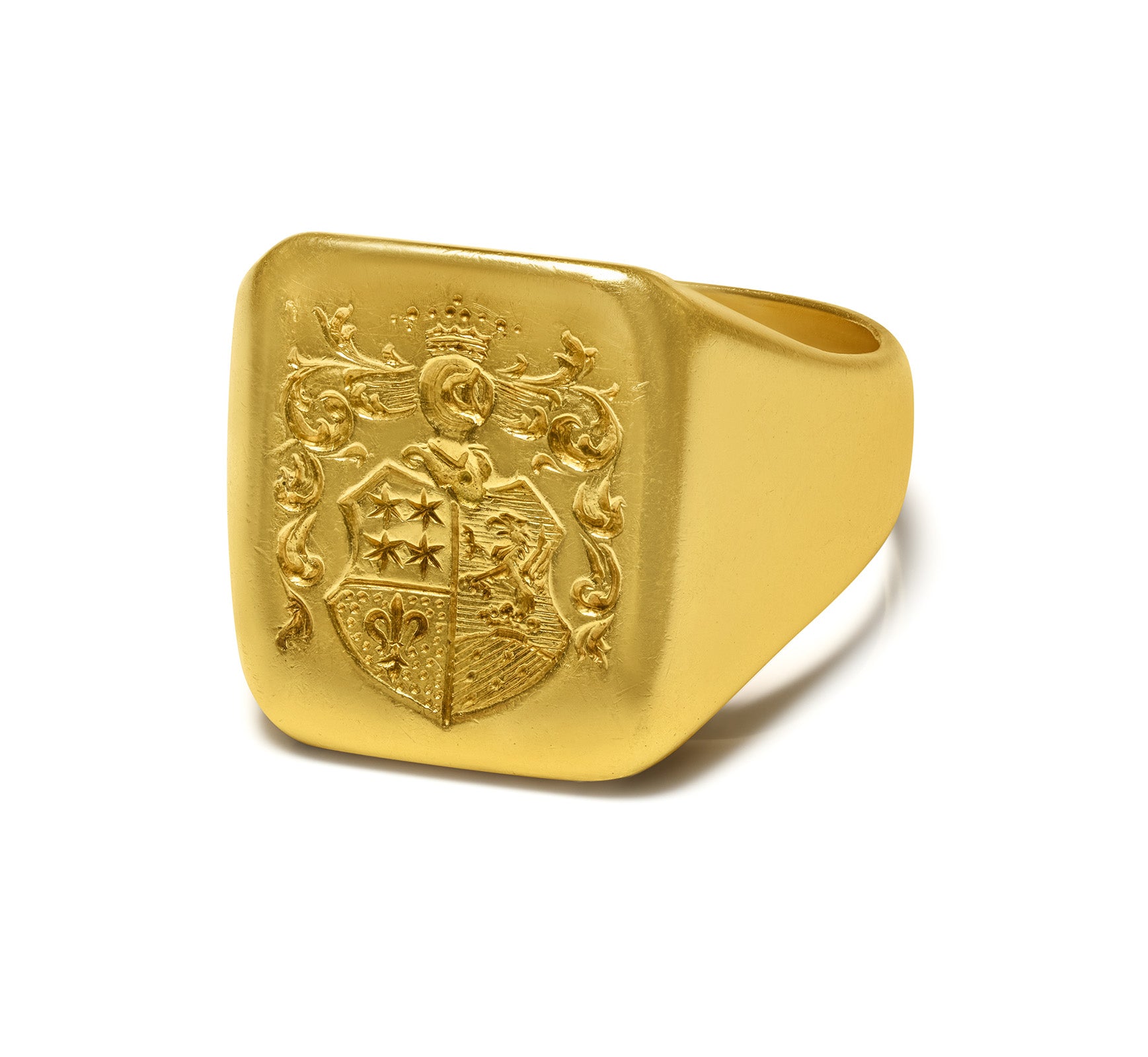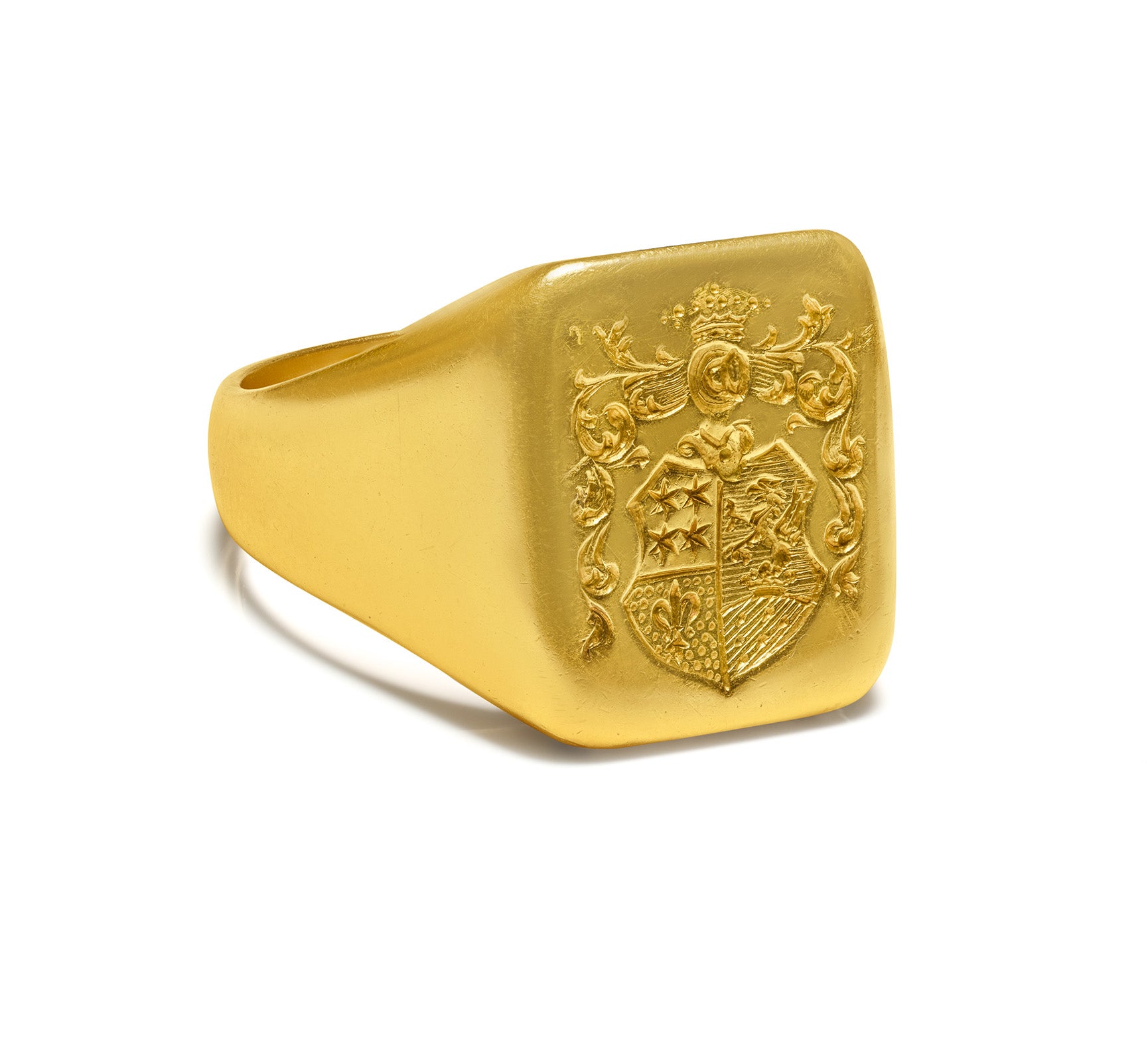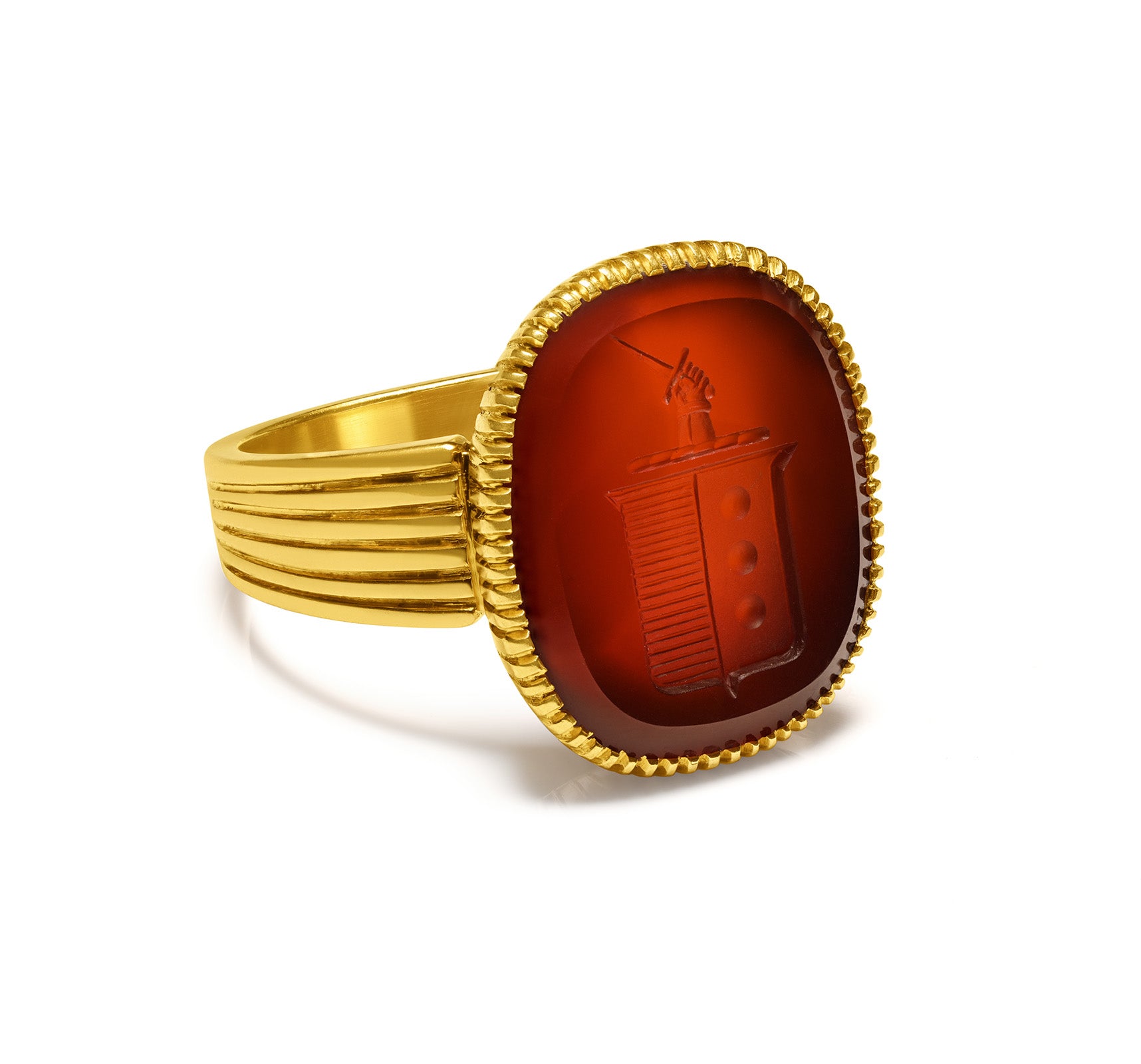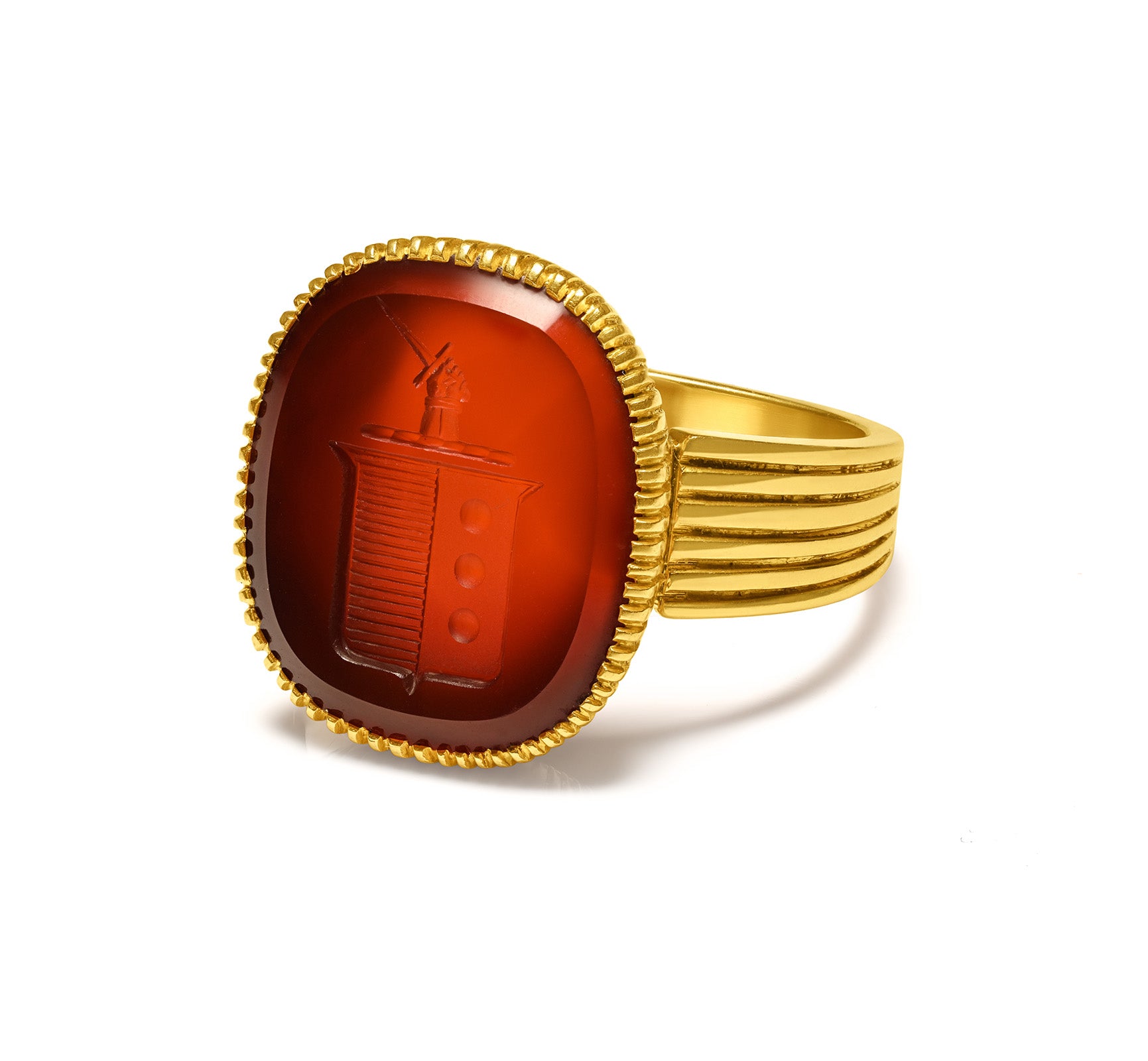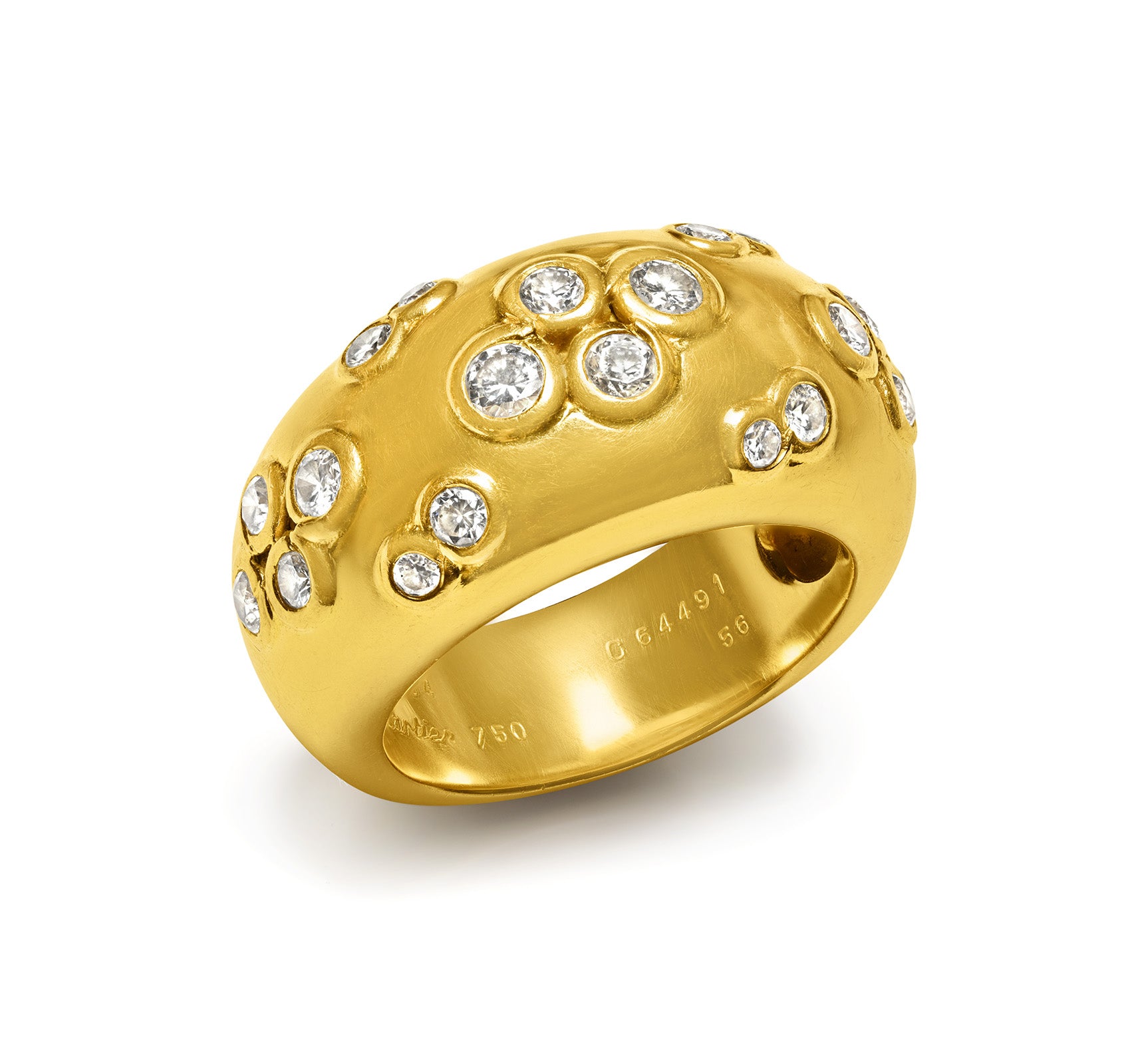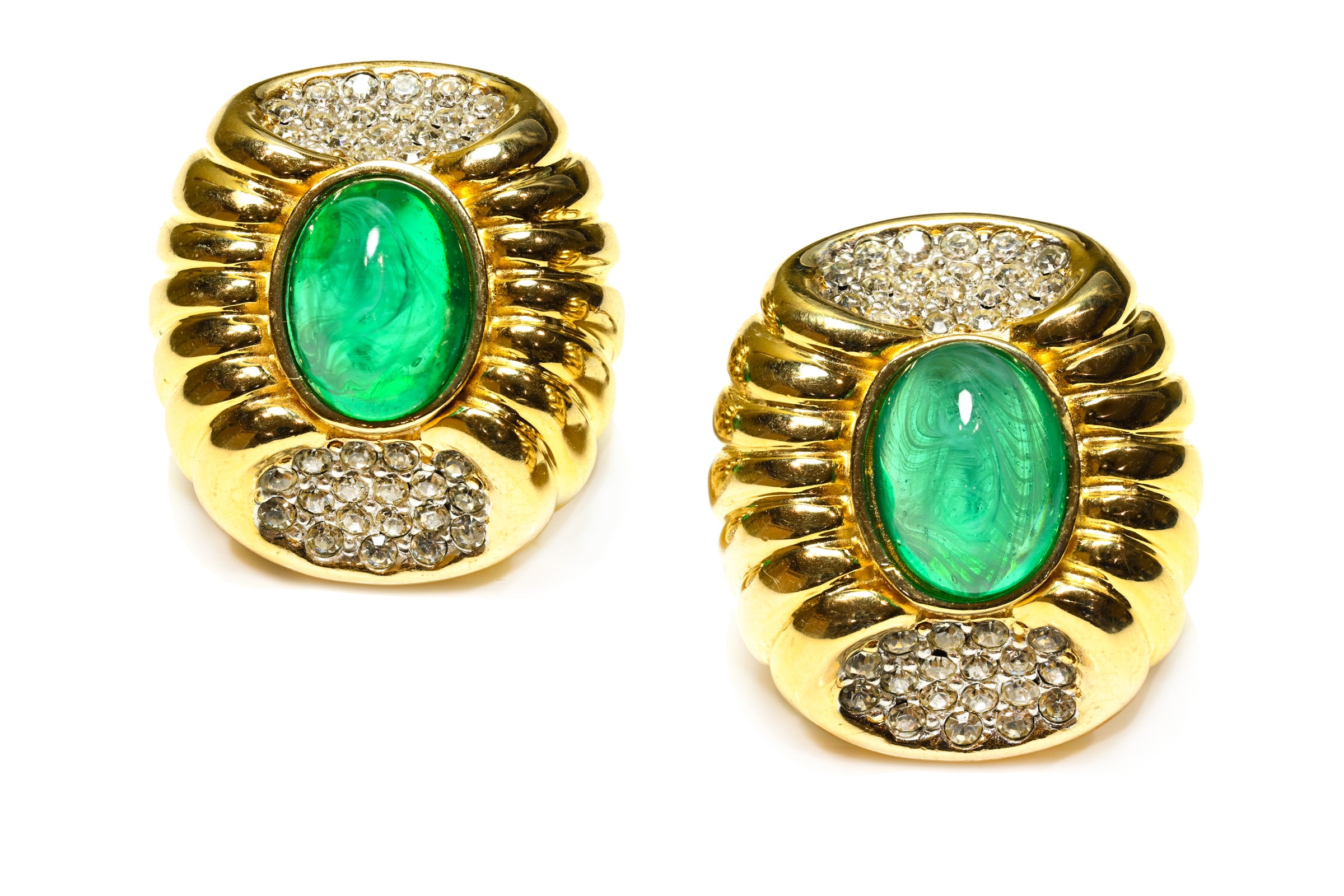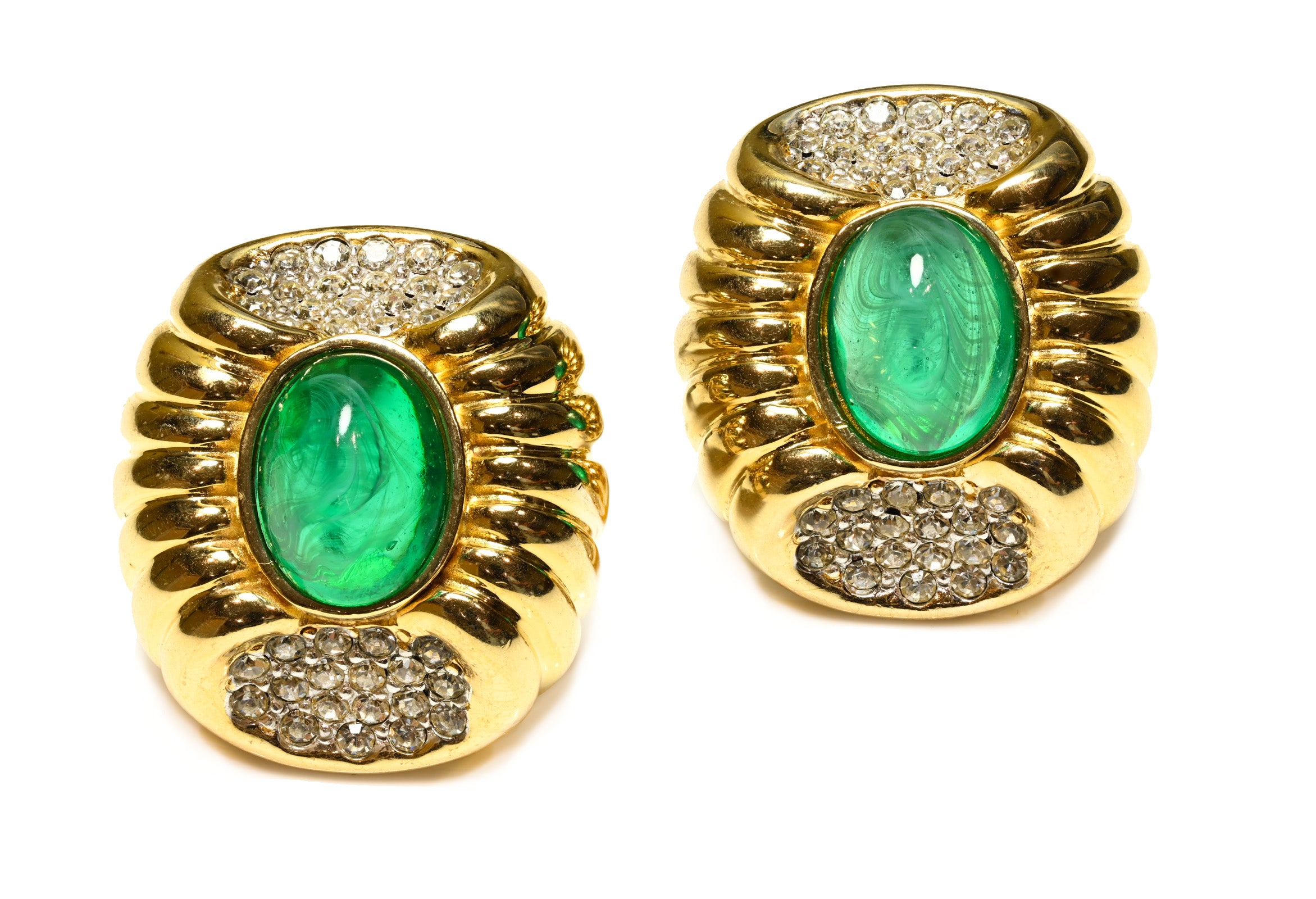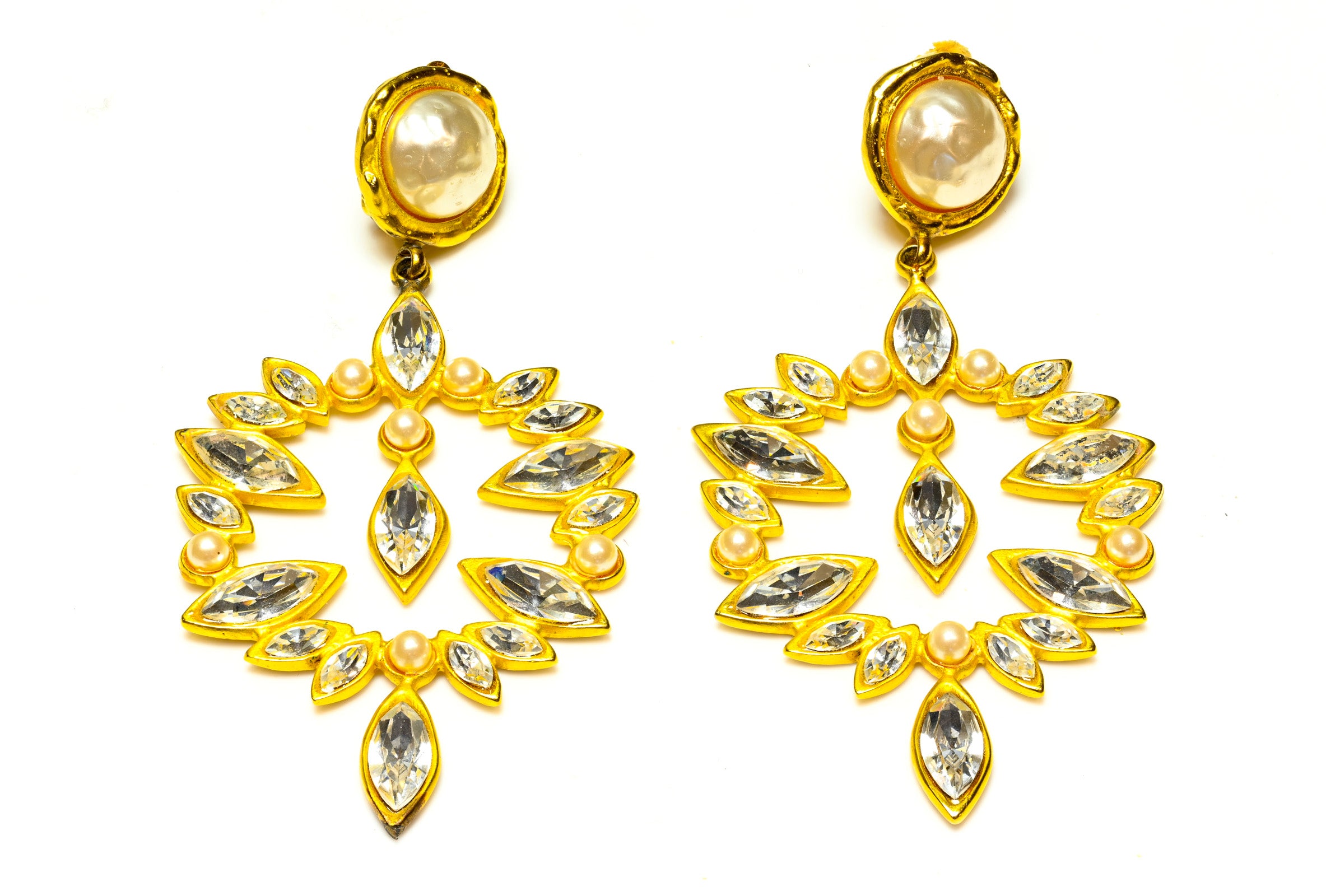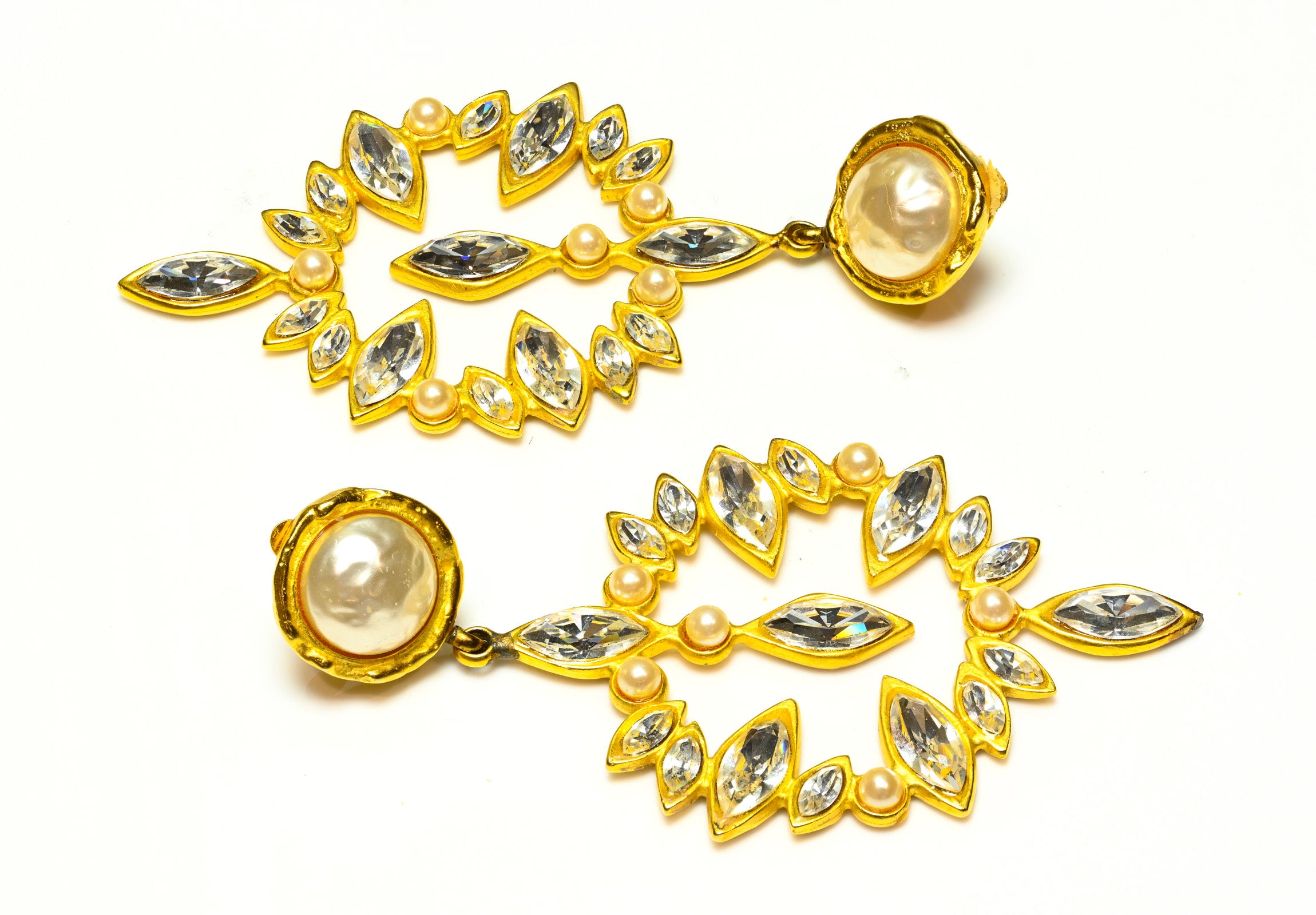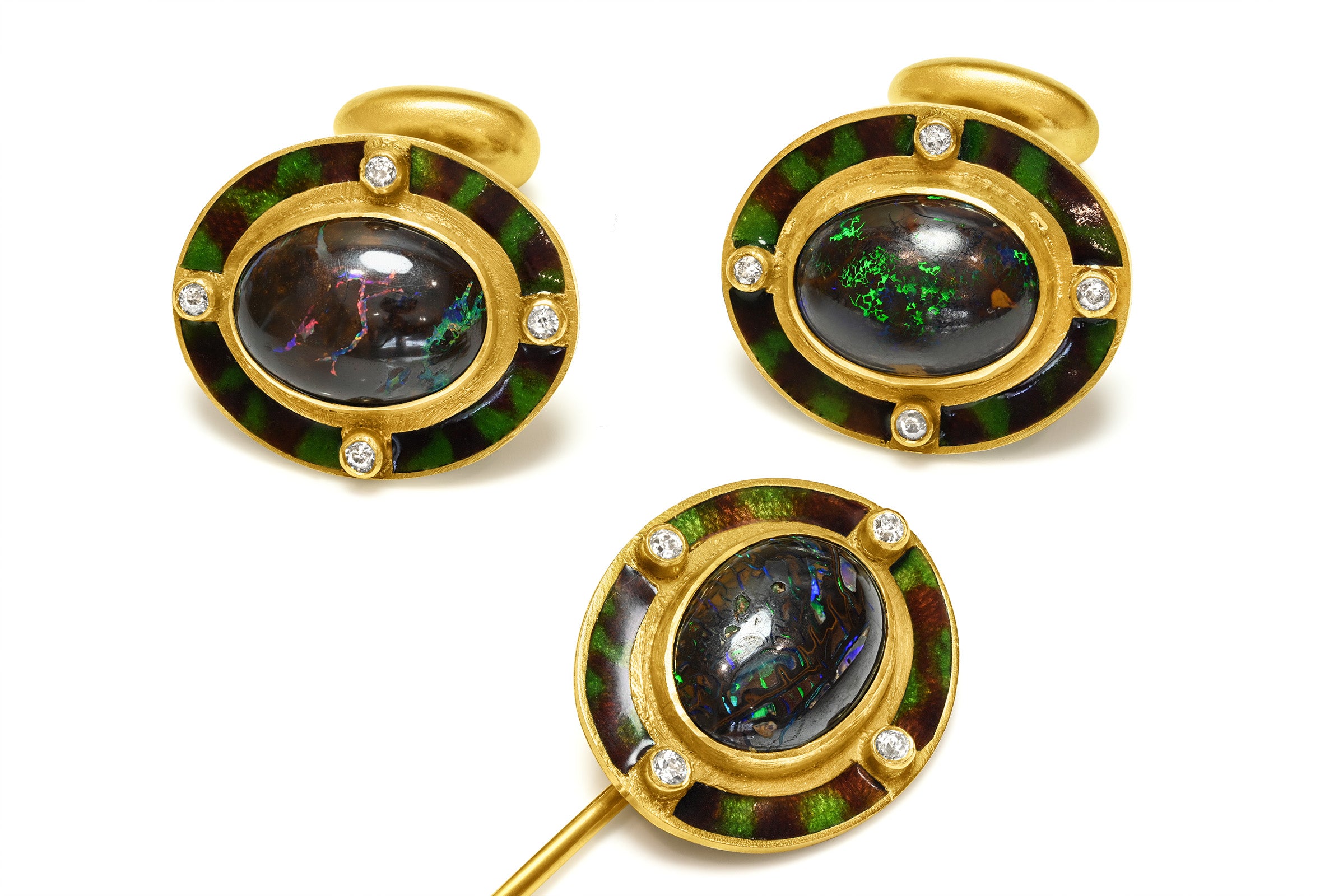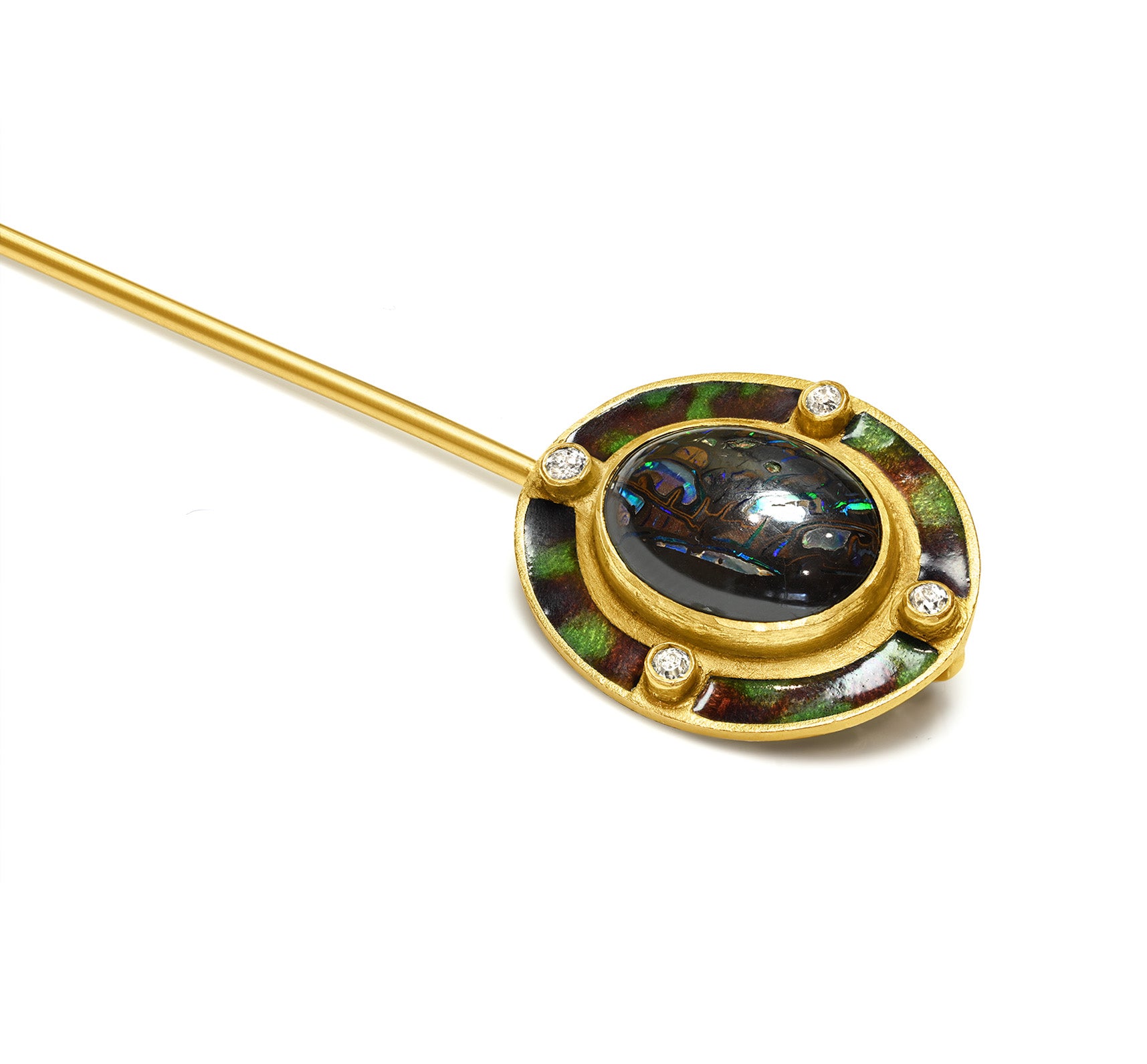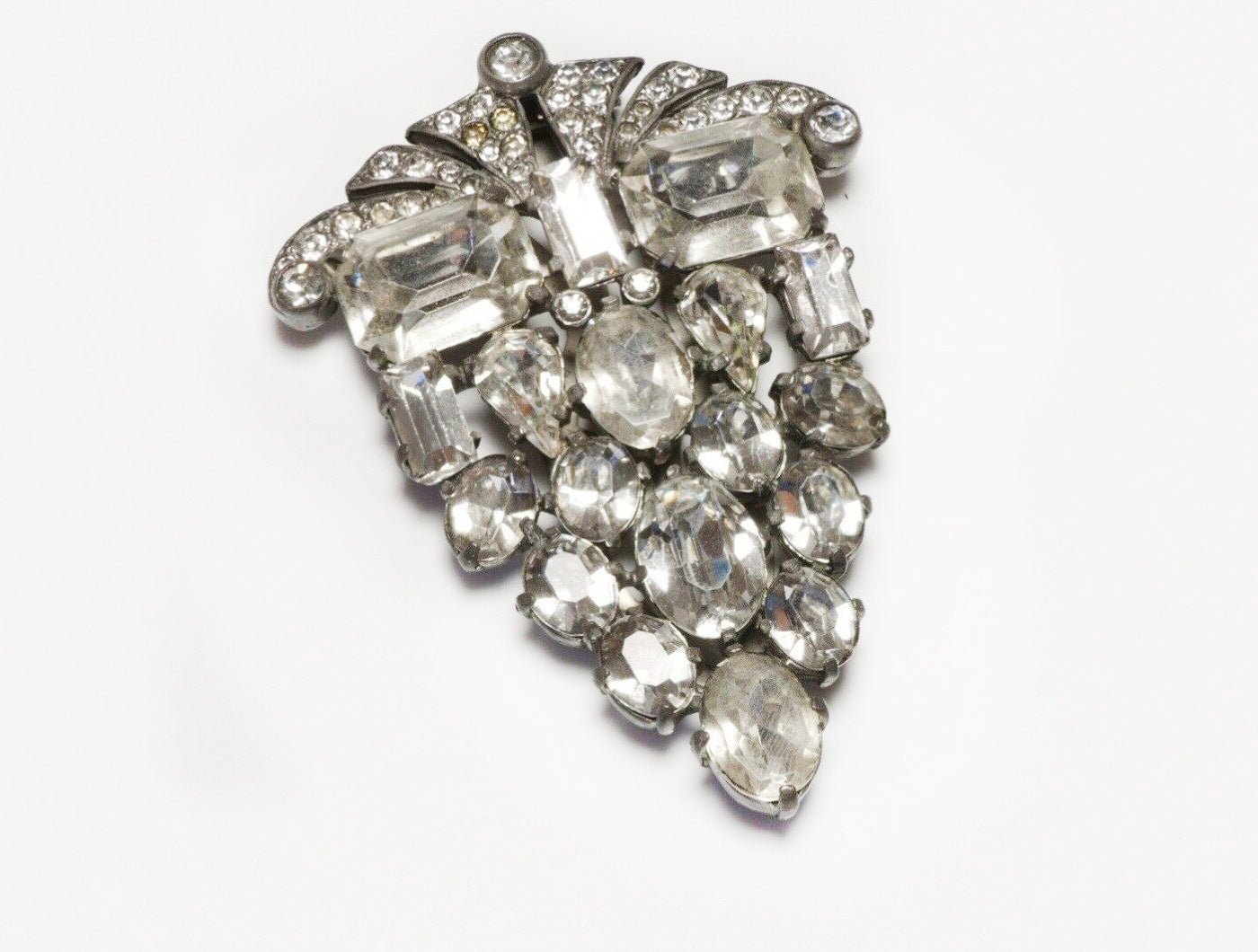
Eisenberg Vintage Jewelry - Beauty and Style at Affordable Prices
With bold designs and superb craftsmanship, Eisenberg costume jewelry is highly sought by collectors and women who love to add a touch of glamour to their lives and... outfits.
Eisenberg Jewelry is some of the finest costume jewelry ever made. And also affordable, as the designers didn't use diamonds or other highly expensive gemstones but mainly Swarovski crystals and other sparkling colored stones.
Although not made of exorbitant stones, Eisenberg & Sons pieces are famous for their classic and stylish designs and superior workmanship.
The History of Eisenberg Jewelry
Jonas Eisenberg, an Austrian who came to the United States in 1880, founded Eisenberg & Sons Originals, in 1914, as a perfume and clothing company for ladies. During the late 1930s, the company began to manufacture jewelry to make their clothing line more appealing and to boost sales.
They designed pins and brooches with brilliant rhinestones and... surprise! The beauty of these jewelry pieces overwhelmed the beauty of their dresses, therefore they were more desired than the dresses themselves. Sometimes, the jewelry kept getting stolen because it was so attractive.
The next step was logical. In 1940, Eisenberg Jewelry Inc. was officially established and began to produce and sell jewelry on its own. The new business went so well that the company no longer needed to sell dresses.
The Materials Used In Eisenberg Jewelry
Eisenberg Jewelry is made out of the highest-quality metals, and brilliant Swarovski imported from Austria and Czechoslovakia. Initially, mainly Swarovski rhinestones were selected in white as well as in a small variety of colors. The jewelry was produced with Rhodium metals (which does not tarnish) in colors that complimented the crystals and rhinestones. The favorite colors of the rhodium metals included rose, gold, silver, and copper.
Other Eisenberg pieces include the sterling silver pieces with a type of quartz called citrine, which Eisenberg branded as "Topaz quartz."
In the mid-1940s, the company also made a few pieces in 14-carat gold and a collection of turquoise pieces crafted by artisans in Mexico.
Popular Eisenberg Jewelry Styles
In the early 40s, the company had favorite combinations of colors, such as pink and turquoise, pink and purple, light and dark topaz, amethyst and turquoise, red and turquoise, aqua, and ice blue, red, and crystal. According to Everyday Health, in time, they came with additional colors, such as clear, beige, tan, peridot green, emerald, blue, and violet.
Crystal rhinestones in various shapes and pearls were also incorporated into the designs. In particular, combinations of rhinestone and pearl bouquet brooches made beautiful pieces.
Large sets were typically prong mounted with lots of glitter and sparkle. Some sets used a circle clasp that opened in the center for safety and easy closure. Other sets were prong mounted.
Eisenberg's designs included a wide variety of jewelry styles including dress clips, fur clips, clip earrings, double clips, screw earrings, pins with safety chains, bracelets, choker necklaces, brooches, and circle brooches.
In terms of the forms themselves, many Eisenberg jewelry pieces are abstract and vaguely organic, but some others resemble kings, queens, mermaids, ballerinas, or animals.
The jewelry pieces in the shape of horses, zebras, birds, and butterflies were very appreciated. Some Eisenberg brooches told mini-stories, like the one depicting Puss in Boots or a clip called Piggy Goes to Market.
No less dazzling was the vintage Eisenberg rhinestone-studded bows, rhinestone clips with an Art Deco look, and the brooches made entirely of cabochons. Other popular designs included cascading rhinestones and flowers, Christmas tree designs, and matching "twin" pins.
Women also loved his enameled pieces from the 1970s. This art series jewelry included hand-painted, 18-carat gold pins and earrings, enameled brooches of yellow sunflowers, cream water lilies, and purple trees with matching earrings.
The Eisenberg Jewelry Marks
The Eisenberg Company used a large variety of marks over the years. From 1938 to 1942, the words "Eisenberg Original" were used.
During the late 1940s and into the early fifties, some other pieces were marked only with the letter "E".
During the war years (1943 and 1944), the pieces were marked with "Eisenberg Original Sterling".
In the second half of 1944 and up to the year 1948, the words "Eisenberg Sterling" were used as the mark.
From 1949 until 1958, the jewelry was marked with "Eisenberg Ice" in block letters.
Most of the pieces manufactured between the years 1958 and 1970 were not marked in any way. The company began to mark its pieces again in 1970. The words "Eisenberg Ice" were used in script letters.
In 1977, the company switched hands. Production continued into the early 1990s but many of the later pieces were not marked with the company’s name. They only had a removable hanging tag for identification.
Due to the number of marks used over the years, fakes are common and it often takes a skilled collector to distinguish between a fake and a genuine Eisenberg piece. Therefore, we suggest you buy Eisenberg jewelry from respected boutiques that you trust.


